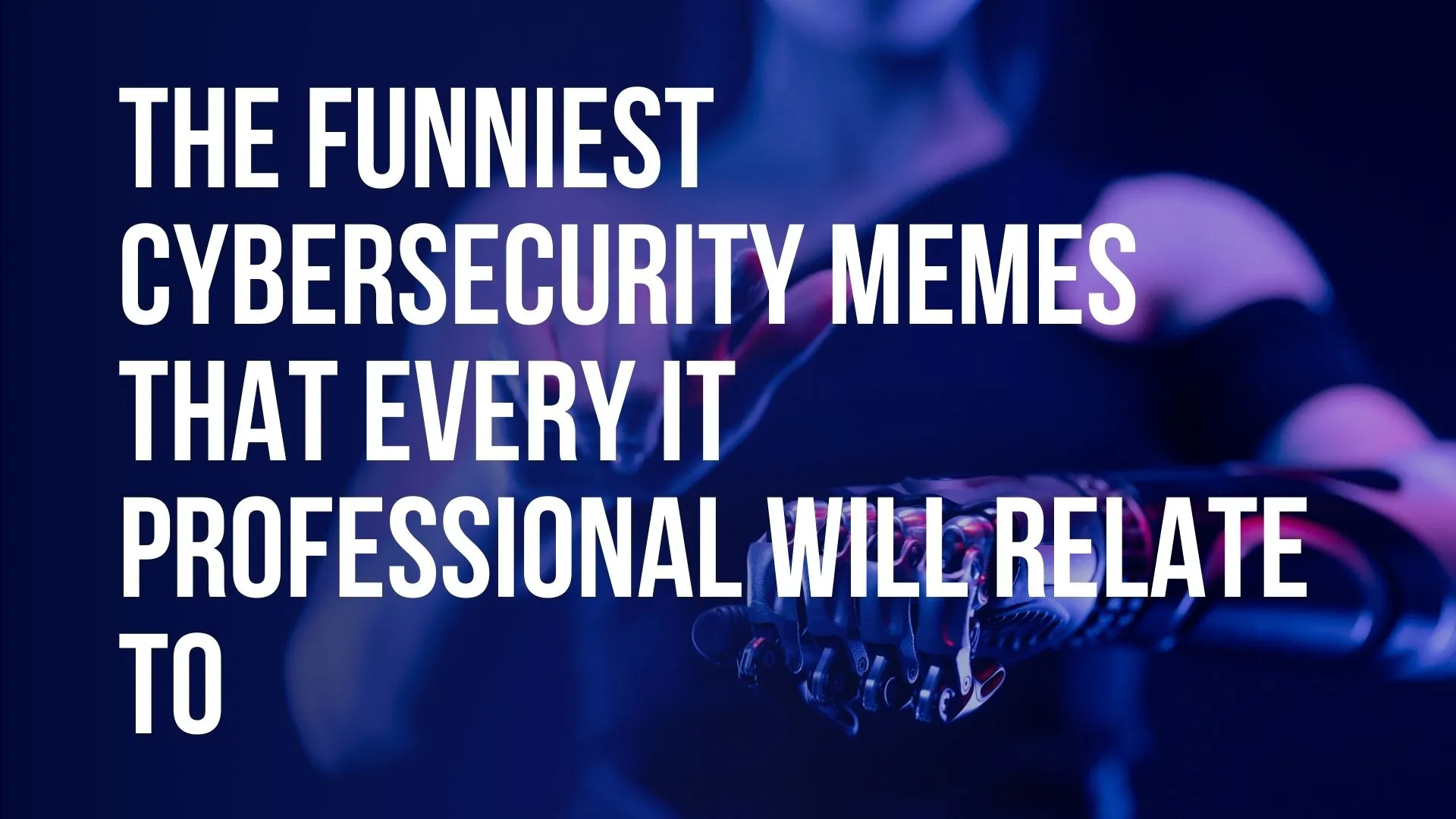Introduction: The Funniest Cybersecurity Memes
Cybersecurity is serious business—but that doesn’t mean we can’t laugh at its absurdities. From password struggles to phishing scams, the world of cybersecurity is full of hilarious, relatable, and painfully true moments that only IT professionals, ethical hackers, and everyday users can understand.
Below, we’ve compiled the most entertaining cybersecurity memes that capture the essence of working in IT security. Whether you’re securing networks, dealing with clueless users, or just trying to keep hackers at bay, these memes will hit close to home.
1. Weak Passwords: The Never-Ending Security Nightmare
🔑 User: “I need a password I can remember.”
🔑 Also User: “123456 should be secure enough, right?”
🔑 Cybersecurity Team: Facepalm 🤦♂️
One of the biggest security threats today is weak passwords. Despite endless warnings, millions of people still use passwords like password, qwerty, and letmein. Even worse? They reuse the same password across multiple sites!
💡 Did You Know?
- 123456 was the most commonly used password in 2023 (again).
- 80% of hacking-related breaches involve weak or stolen passwords.
- “Adding an exclamation mark at the end doesn’t make it secure.”
🔐 Best Practices for Password Security:
✅ Use at least 12 characters (mix of letters, numbers, and symbols).
✅ Avoid common words or phrases.
✅ Use a password manager to generate and store strong passwords.
🚨 Reality Check: If your password is easy to remember, it’s probably easy to hack.
2. Phishing Scams: When Emails Try Too Hard
👨💻 Hacker Email: “Dear Customer, your bank account has been suspended. Click here to fix it immediately!”
👨💻 User: Clicks the link
👨💻 IT Security Team: “Not again…”
Phishing attacks have become more sophisticated, but some scams are so bad, they’re funny. From emails written in broken English to urgent threats about “suspicious activity,” it’s amazing people still fall for them.
📌 Common Red Flags in Phishing Emails:
- 🚩 Urgent action required! (“Your account will be deleted in 24 hours!”)
- 🚩 Misspelled words and grammar mistakes.
- 🚩 Suspicious links that don’t match the sender’s real domain.
👨💻 IT Pro Tip: Hover over the link before clicking. If it looks sketchy, it probably is.
3. The Classic “Did You Try Turning It Off and On Again?”
👤 User: “My computer isn’t working!”
👨💻 IT Support: “Did you restart it?”
👤 User: “No, but can’t you just fix it?”
👨💻 IT Support: 😑
This timeless IT support meme exists for a reason—because restarting actually works. Whether it’s a frozen screen, a slow system, or network issues, a simple reboot fixes at least 70% of tech problems.
⚡ Why Restarting Fixes Most Issues:
- Clears temporary memory and background processes.
- Resets network connections.
- Updates and refreshes system settings.
💡 Lesson: Next time your computer crashes, just restart it first. It might save you from an embarrassing IT support call.
4. Antivirus Warnings That Make No Sense
🚨 Antivirus Alert: “A threat has been detected!”
🚨 User: “What kind of threat?”
🚨 Antivirus: “No further details available.”
🚨 User: “Should I be worried?”
🚨 Antivirus: “Maybe.”
Antivirus software loves to sound the alarm, but half the time, it’s for no real reason. False positives, vague warnings, and exaggerated threats make users more confused than protected.
😂 Common Antivirus Struggles:
✅ Flagging a harmless program as a “severe threat.”
✅ Constantly reminding you your “PC is at risk” (when it isn’t).
✅ Blocking a website you actually need to visit.
📌 Pro Tip: Don’t ignore real threats—but also don’t believe every pop-up.
5. The Never-Ending Software Updates
📌 User: “I’ll just quickly check my email.”
📌 Windows: “Time for a 2-hour update.”
📌 User: “…Why now?!”
Few things are as frustrating as surprise updates. Right when you need to use your device, it decides to update—on its own schedule.
🚀 Most Infamous Updates:
- Windows updates: Always at the worst moment.
- iOS updates: “This will take about 10 minutes” (it never does).
- Security patches: Important, but why do they need a restart every time?
💡 Best Strategy: Schedule updates manually (unless you love interruptions).
6. Social Engineering: Hackers’ Favorite Trick
🕵️♂️ Hacker: “Hello, I’m from IT support. I need your password.”
👤 User: “Okay, it’s password123!”
🕵️♂️ Hacker: “Wow, that was easy.”
The biggest cybersecurity risk isn’t software—it’s people. Hackers exploit human trust through social engineering attacks, convincing users to hand over sensitive info.
🔍 Most Common Social Engineering Attacks:
- Phishing emails: Pretend to be from your bank or employer.
- Fake tech support calls: “Microsoft detected a virus on your computer!”
- CEO fraud: A fake email from the “boss” asking for urgent payments.
🚨 IT Security Rule #1: Never give out passwords—especially over the phone.
Final Thoughts: Cybersecurity is Serious, But It’s Okay to Laugh
While cybersecurity is critical for protecting data, the daily struggles of IT security make for endless hilarious moments. Whether it’s weak passwords, phishing fails, or software updates at the worst time, we can all relate to the chaos of online security.
Which cybersecurity meme is your favorite? Share with your fellow IT friends!
cybersecurity memes, funny hacking memes, IT security jokes, hacker humor, network security memes, cyber jokes

